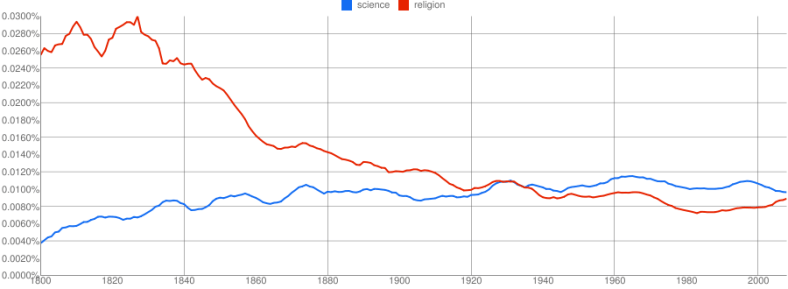
The Invisible Community College is a study group dedicated to Grant Morrison’s The Invisibles moderated by Popjellyfish, Trevor Blake and me. Weekly reading assignments will be sent to a mailing list for one year beginning January 23, 2011. If you would like to participate, you must sign-up for the mailing list before then.
There will be monthly public, in-person discussions in Portland, OR based on the reading. Those in other cities are encouraged to organize their own study cells.
Registration is Now Closed
Curriculum:
‘The Invisibles’ by Grant Morrison.
‘Our Sentence is Up’ by Patrick Meane
‘Anarchy For The Masses’ by Patrick Neighly
‘Grant Morrison’ by Patrick Meaney
The Invisibles
Available as individual issues, in digital form for the iPad, collected trade paperbacks and in an incomplete form in German-language trade paperbacks. Individual issues out of print, include letters to and from GM not collected in trade paperbacks. Trade paperbacks in print, include art not found in individual issues.
Individual monthly issues published by DC Comics 1994 – 2000:
Volume 1 Issues 1-25: September 1994 – October 1996
Volume 2 Issues 1-22: February 1997 – February 1999
Volume 3 Issues 12-1: April 1999 – June 2000
Individual Digital Issues
Available through DC Comics app for the iPad
Trade Paperbacks (English):
1. Say You Want a Revolution. (ISBN 1-5638-9267-7)
2. Apocalipstick. (ISBN 1-5638-9702-4)
3. Entropy in the UK. (ISBN 1-5638-9728-8)
4. Bloody Hell in America. (ISBN 1-5638-9444-0)
5. Counting to None. (ISBN 1-56389-489-0)
6. Kissing Mister Quimper. (ISBN 1-5638-9600-1)
7. The Invisible Kingdom. (ISBN 1-4012-0019-2)
Trade Paperbacks (German, incomplete):
Invisibles Monstereditionen 1: Revolution Gefallig?
Invisibles Monstereditionen 2: Ordnung & Entropie
Reference:
Patrick Meaney: Our Sentence is Up / Seeing Grant Morrison’s The
Invisibles. Book. (ISBN 978-0578032337)
Patrick Neighly and Kereth Cowe-Spigai: Anarchy For The Masses / The
Disinformation Guide To The Invisibles. Book. (ISBN 0-971-39422-9)
Patrick Meaney (director): Grant Morrison / Talking with Gods. DVD.












